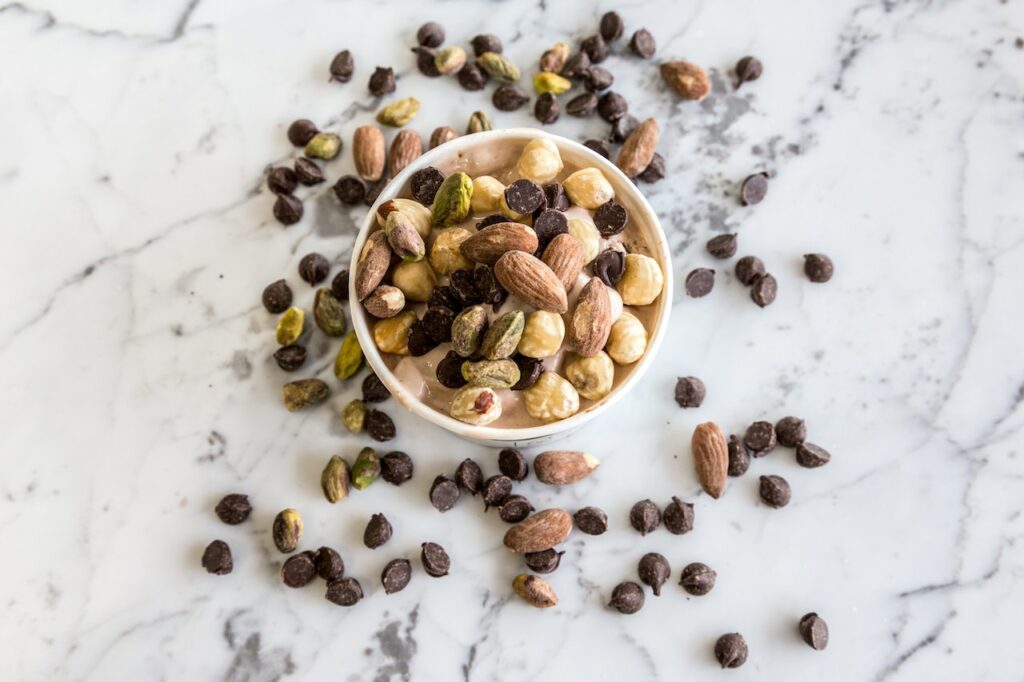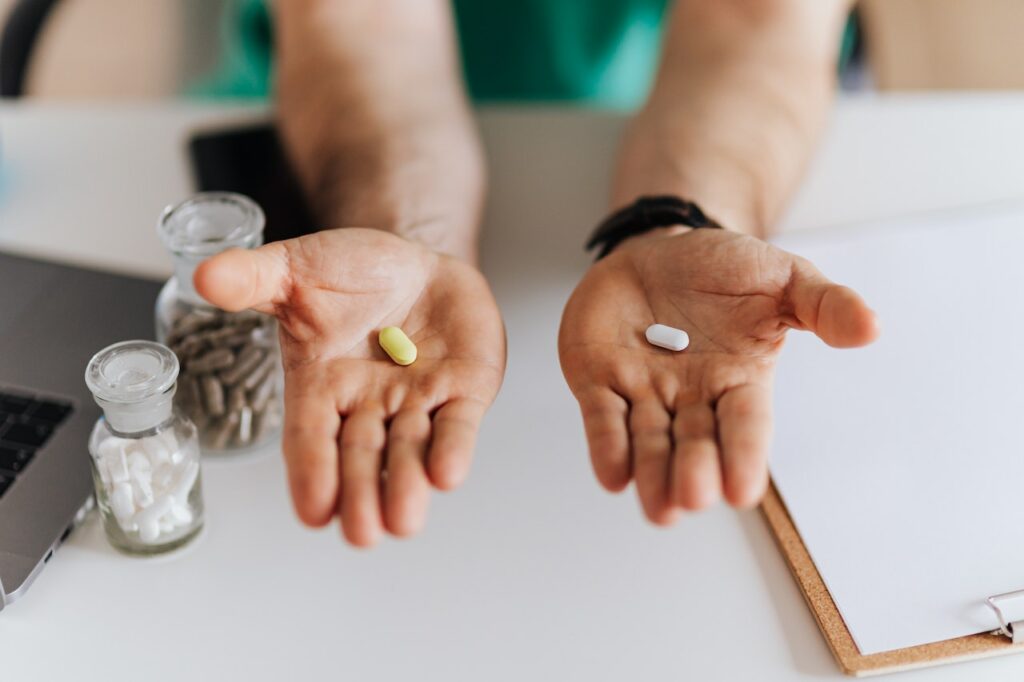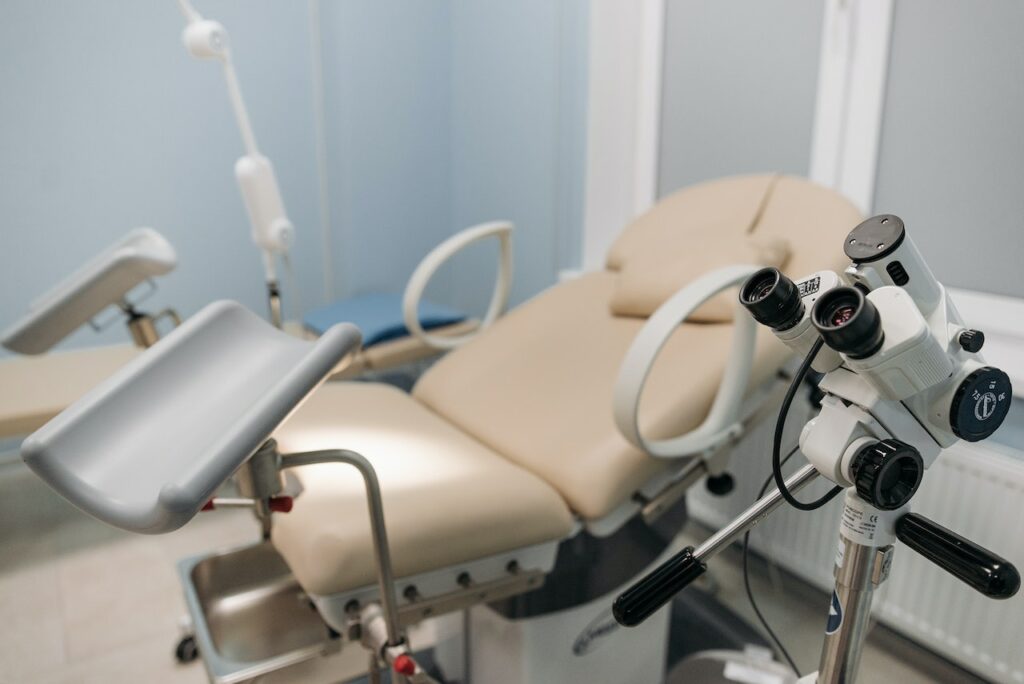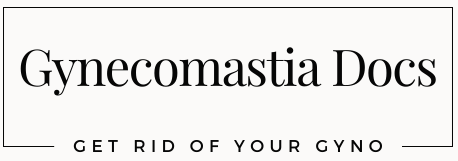Gynecomastia is a rather embarrassing condition for many men, and one that they’d like to eliminate completely. Surgery is, of course, an option. Many men, however, would rather not undergo a gynecomastia procedure unless it’s absolutely necessary.
While surgery is going to be your most realistic option to get rid of gyno for good, this overview will talk about some of the potential gynecomastia non-surgical treatments out there.
What is Gynecomastia?
Often called ‘man-boobs’ or ‘moobs’, gynecomastia is when an individual grows excess breast tissue.
It largely boils down to two factors: hormonal imbalance, which can cause excess gland tissue, and excess fat. If we can control these two factors, we can better control gynecomastia.
The hormonal imbalance is what causes the excess breast gland tissue in your chest (this can be referred as true gynecomastia). It is also possible that your man boobs can be caused purely to excess fat (also referred as pseudogynecomastia). In many cases however, it will be a combination of the two.
True gynecomastia is more difficult to cure without surgical options. However, if your man boobs are made mostly of excess fat, there is a better chance to cure them with lifestyle changes (a pinch test can help determine what you have).
Read on to learn more about these gyno causes and what potential non surgical approaches there are to solve your issues.

Gynecomastia Causes
Like any medical condition, gynecomastia is far from straightforward. Aging, alcohol abuse, obesity, and other underlying health conditions can all be factors in whether or not an individual is susceptible to gynecomastia.
Let’s take a look at the various causes of gyno.
Puberty
Gynecomastia is common in pubescent males. As many as 60% will have some signs of the condition by the age of 14, largely due to the hormonal changes we all undergo during puberty.
This is a perfectly normal stage of puberty, and the symptoms will usually resolve themselves within a few years.
High Body Fat Percentage
High body fat leads to higher rates of gynecomastia in two ways: increased fat storage in the chest, and higher levels of estrogen (which, in turn, makes the development of breast gland tissue more likely).
Higher levels of fat also leads to a reduction of testosterone and an increase in estrogen. An enzyme called aromatase converts testosterone into estrogen.
The bulk of this conversion happens in fat tissue (85% of it, in fact), and so the more fat tissue you have, the higher your estrogen levels may be.
Aging
Testosterone production naturally drops off after the age of 30, leading to higher levels of gynecomastia.
Furthermore, older men (65+) are likely to be taking medication that can lower their testosterone. This, coupled with the natural inclination of older men to lower levels of testosterone, can lead to as much as 65% of them to develop gynecomastia.

Medication and Other Drugs
Many drugs mimic the effects of estrogen, increase estrogen production, or introduce testosterone-like substances that are later converted into estrogen.
Some drugs also contribute to gynecomastia, but the mechanism by which this happens is currently unknown in many cases.
Drugs and medications that are known to potentially contribute to gynecomastia include:
- Antipsychotics
- Heroin or methadone
- Methamphetamine
- Certain HIV medications
- Alcohol
- Cannabis
- Some antihypertension medications
- Anabolic steroids
- Some anti-ulcer medications
- Some heart disease medications
Other Health Conditions
There are several health conditions that may provoke or exacerbate gynecomastia. These include:
- Hyperthyroidism
- Malnutrition
- Kidney disease/failure
- Liver disease/failure
- Alcoholism
- Pituitary gland or hypothalamus tumors
- Diseases, tumors or mechanical traumas affecting the testes

Can Gynecomastia Go Away Without Surgery?
Yes – while it is possible to treat the condition without resorting to surgical removal, surgery usually has the most beneficial outcome.
But as previously mentioned, because the condition is related to excess gland tissue and/or excess fat, it could potentially be controlled by managing these two factor in various ways.
It should be noted that once gynecomastia has gone past stage 1, non surgical solutions will be less and less viable. You can read about the various Gynecomastia stages to learn more.
Let’s take a look at how we might manage both our hormones and our body fat percentage.
Gynecomastia Diet
The key to weight loss is both a balanced diet and daily exercise, and what’s good for general weight loss is also good for gynecomastia.
It’s a good idea to try to include foods that are natural sources of testosterone. Examples of such gyno reducing foods are:
Anti-Inflammatory Foods
Many fish, such as salmon and tuna, are great for their anti-inflammatory properties.
A great number of vegetables are rich in antioxidants, too, which also helps with reducing the swelling and tenderness that can come with gynecomastia.
Try to incorporate leafy greens, berries, sweet potatoes and (unprocessed) fruit juice into your diet.
Fat-Rich Foods
This sounds counter-intuitive, but this refers strictly to healthy fats. Foods like egg yolk, coconut oil, olive oil, avocado, nuts, meat, potatoes and meat can all be sources of healthy fats, and boost testosterone production.
Foods Rich in Zinc
Zinc promotes testosterone production, and so is hugely beneficial in fighting gynecomastia. Certain products such as cocoa, spinach, oysters and lean beef are all good options for your zinc fix.
Vitamin-D Foods
Another way of boosting that testosterone, vitamin D also ups sperm counts and is useful in weight loss. Mushrooms, cereal, eggs, trout and pork are all great sources.
Can Phytoestrogens Cause Gyno?
Phytoestrogens are plant-based estrogens that are found in most people’s regular diet. It has been mentioned that regular consumption results in too much estrogen, which can lead to gyno.
This claim has been debated in recent years, after it was claimed that consumption of soymilk can lead to men becoming ‘feminized’ and developing gynecomastia.
Whether phytoestrogens can cause gyno still seems to be up for debate.

Gynecomastia Exercises
In terms of gynecomastia exercise, it’s not advisable to focus solely on chest exercises. This may build muscle in your chest, but it doesn’t address the underlying issue of excess body fat. In order to do that, the best recourse you have is cardiovascular exercises.
Cardio
Cardio takes many forms, of course. Some of the best options for gynecomastia are jogging, swimming, dancing, rowing, skipping, and going for brisk walks.
Regular cardio (at least 20 minutes daily) will help to reduce overall body fat, which may help with gynecomastia.
Regular weight training can also help; not only does it build muscle, but it’s a very effective way of burning fat, too.
Presses
Presses are all about using resistance training to tone and tighten the chest muscles. As any gym regular will be able to tell you, there are no small number of various presses – incline, decline, squeeze presses, bench presses, and many more.
Try to incorporate presses into your routine once or twice a week. Don’t overdo it by doing them daily (or even every other day), as this will not give your muscles time to recover.
Push-ups
Push-ups are a time-honored exercise for a reason – they’re simple, straightforward and can be done just about anywhere. They don’t just work your chest muscles, but also several arm muscles and even your abdominals.
If you’re unable to handle full push-ups at first, you can do knee push-ups to start with until you’re able to bear all your weight.
Flys
Flys revolve around pulling your arms together in front of your chest in order to work the chest muscles. Much like presses, there are a number of various flys – butterfly machine, cable and dumbbell flys are all ways to work your chest and arm muscles.
It’s important not to overdo it on flys, as you can easily injure your shoulders. Start with weights that feel too light and work your way up.
Can Gyno Go Away with Exercise?
Unfortunately, not entirely. The development of muscle and the reduction of fat in the area can help a great deal and can mask cases of gyno, sure.
But in order to completely get rid of it, a holistic approach must be taken (including diet and addressing comorbidities), or you must resort to a surgical procedure.

Abstain from Drugs & Alcohol
As we noted, both alcohol and several kinds of drug can contribute to the development of gynecomastia. It’s therefore important that these are avoided in order to better combat the condition.
Complete abstinence from alcohol is obviously the ideal situation, but for some people this can be very difficult. If you find yourself unable to completely cut out alcohol, aim for no more than 3-4 beers or glasses of wine per week.
Illegal drugs (heroin, cannabis, methamphetamine etc.) should be completely cut out. This may prove difficult, particularly in the case of physiological addiction; professional help should be sought in such cases.
Some types of medication simply cannot be avoided, such as antipsychotics or medication for serious health conditions. In this case, other methods of reducing gynecomastia should be pursued.

Ensure That you’re Getting Enough Sleep
Though not as immediately obvious as something like diet and exercise, it’s important that you’re getting at least eight hours of sleep a night.
Sleep regulates your body and promotes a healthy metabolism. It also helps your body to regulate hormone production, and can help balance estrogen and testosterone.
Off-Label Medications
Some medications are thought to help with gynecomastia even though it’s not their primary purpose. Such medications include Tamoxifen (usually used to treat breast cancer) and Raloxifene (usually for osteoporosis).
As always, do not use these medications without first consulting a medical professional.

Will Increasing Testosterone Reduce Gynecomastia?
This very much depends. If the patient in question is suffering from abnormally low testosterone, then a treatment like TRT may help with male breast reduction without surgery.
However, too much testosterone may actually exacerbate the problem. If the body has an excess of testosterone, it will be converted into estrogen – which will, in turn, lead to more breast tissue developing.
Treatment of Underlying Health Conditions
Many underlying health conditions can contribute to a gynecomastia comorbidity. Often, treatment of one can alleviate the symptoms of the other.
It’s therefore advisable to seek treatment for such conditions as hyperthyroidism, kidney/liver disease, testicular injuries/diseases and malnutrition.

Coolsculpting
Coolsculpting is an entirely non-invasive procedure to reduce fat. Fat cells are targeted and frozen with the use of a special wand placed on the skin. Then the fat is broken down into liquid & reabsorbed into the body.
Although Coolsculpting may reduce the fatty tissue, it does not remove the breast gland tissue, and as such may not be a long-term solution to the problem.
It should also be noted that Coolsculpting is generally not nearly as effective as liposuction to reduce excess fat.

Gynecomastia Without Surgery Recap
As we can see, it’s often possible to engage in gyno treatment without surgery to obtain an ideal male chest. It is, however, a constant war, and requires a holistic approach on all fronts.
Diet, exercise, hormonal balance and comorbidities are all factors, and it’s important to address all of them if you expect to make any headway.
That said, it’s important to always listen to medical professionals, and never try to treat yourself without first consulting a doctor.
